If you're a fan of the classic sci-fi anthology series 'The Outer Limits' (1963), you're likely drawn to its thought-provoking stories, eerie atmospheres, and mind-bending twists. This article is for you! We've curated a list of 10 movies and TV shows that capture the same blend of mystery, suspense, and speculative fiction that made 'The Outer Limits' a cult favorite. Whether you're craving more anthology-style storytelling or standalone sci-fi gems, these picks will keep you on the edge of your seat.
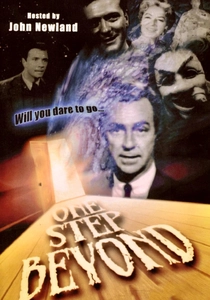
One Step Beyond (1959)
Description: As a precursor to The Outer Limits, this anthology series explored paranormal phenomena and the unexplained. Both shows present their stories as based on real events, creating an eerie sense of plausibility. The host's narration and serious treatment of supernatural topics establish a similar tone, though One Step Beyond avoids science fiction elements.
Fact: The show was called Alcoa Presents in some markets. Episodes were based on supposedly true accounts. It was the first TV series filmed in Europe for American audiences.
 Watch Now
Watch Now 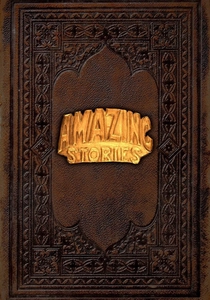
Amazing Stories (1985)
Description: Created by Steven Spielberg, this anthology series shares The Outer Limits' sense of wonder and exploration of the fantastic. Both shows feature imaginative storytelling across various genres, though Amazing Stories tends toward more uplifting tales compared to Outer Limits' often darker tone. The emphasis on visual storytelling and high production values are similar.
Fact: The series won 5 Emmy Awards. Martin Scorsese directed one episode. Spielberg originally conceived it as a TV version of his early films.
 Watch Now
Watch Now 
The X-Files (1993)
Description: Sharing The Outer Limits' fascination with the paranormal and government conspiracies, The X-Files combines science fiction with horror elements. Both series explore the unknown and question reality, though X-Files maintains ongoing character arcs alongside its monster-of-the-week episodes. The atmospheric tension and exploration of fringe science are common threads.
Fact: The 'I Want to Believe' poster was a real prop bought for $
 Watch Now
Watch Now 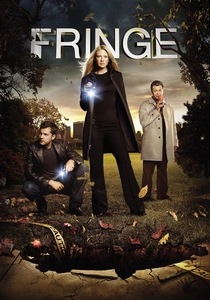
Fringe (2008)
Description: Fringe continues The Outer Limits' tradition of exploring bizarre scientific phenomena and alternate realities. Both shows blend science fiction with horror, featuring strange experiments and ethical dilemmas. Fringe's procedural format with overarching mythology mirrors how Outer Limits balanced standalone stories with recurring themes about humanity's relationship with technology.
Fact: The Observer characters appear in every episode. The show used real scientific concepts as story foundations. Leonard Nimoy came out of retirement to play William Bell.
 Watch Now
Watch Now 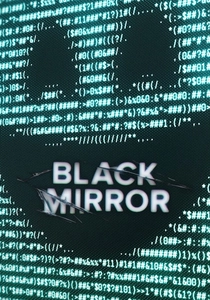
Black Mirror (2011)
Description: Similar to The Outer Limits (1963), Black Mirror explores the dark side of technology and its impact on society through standalone episodes. Both series delve into speculative fiction, often presenting cautionary tales that challenge viewers to reflect on the consequences of scientific advancements. The anthology format and thought-provoking narratives are key similarities.
Fact: Black Mirror was inspired by The Twilight Zone and The Outer Limits. The show's title refers to the dark reflection seen on a turned-off screen. Charlie Brooker created the series after observing how people interact with technology.
 Watch Now
Watch Now 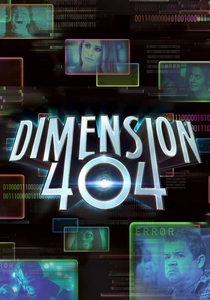
Dimension 404 (2017)
Description: This modern anthology directly channels The Outer Limits' spirit with its mix of sci-fi, horror, and dark humor. Both series explore the consequences of technological advancement through standalone stories, often with twist endings. The title references the '404 Not Found' internet error, continuing Outer Limits' tradition of tech-themed storytelling.
Fact: The show features appearances by Patton Oswalt and Robert Buckley. Each episode parodies a different digital age trope. It was produced in partnership with Hulu.
 Watch Now
Watch Now 
Room 104 (2017)
Description: While more grounded than The Outer Limits, this anthology shares its fascination with human psychology and the strange. Both series use constrained settings to explore big ideas, with Room 104 limiting stories to a single motel room. The variety of genres and tones across episodes mirrors Outer Limits' range, though with less focus on science fiction.
Fact: Created by Mark and Jay Duplass. Each episode features different directors. The series explores everything from comedy to horror.
 Watch Now
Watch Now 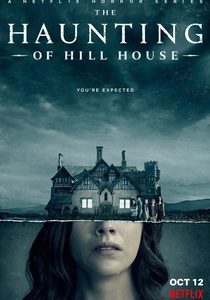
The Haunting of Hill House (2018)
Description: While primarily horror, this series shares The Outer Limits' psychological depth and exploration of trauma. Both use supernatural elements to examine human nature, with Hill House focusing on family dynamics. The careful pacing and atmospheric tension mirror Outer Limits' ability to build dread through storytelling rather than jump scares.
Fact: The series contains hidden ghosts in nearly every scene. The 17-minute single-take episode required 9 takes. Mike Flanagan based parts on his own childhood experiences.
 Watch Now
Watch Now 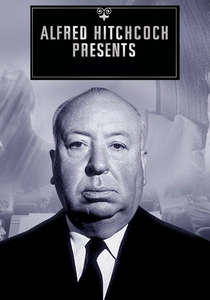
Alfred Hitchcock Presents (1955)
Description: Like The Outer Limits, this anthology series features self-contained stories with twist endings and psychological depth. Both shows explore themes of suspense, morality, and the supernatural, though Hitchcock's series leans more toward crime and mystery while Outer Limits focuses on science fiction. The host's introductions in both series create a similar framing device.
Fact: Hitchcock directed only 18 of the 268 episodes. The iconic theme music is Gounod's Funeral March of a Marionette. The show was known for its dark humor and Hitchcock's dry wit.
 Watch Now
Watch Now 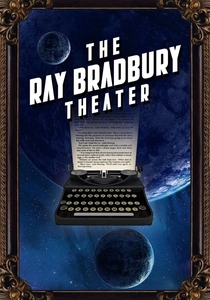
The Ray Bradbury Theater (1985)
Description: This literary adaptation series shares The Outer Limits' focus on thoughtful science fiction and fantasy. Both anthologies explore humanity's relationship with technology and the unknown, though Bradbury's stories often have more poetic qualities. The emphasis on ideas over special effects creates a similar intellectual appeal.
Fact: Bradbury introduced every episode. The series adapted 65 of his short stories. It was filmed in both the US and Canada.
 Watch Now
Watch Now 








